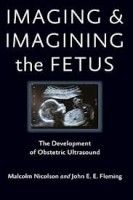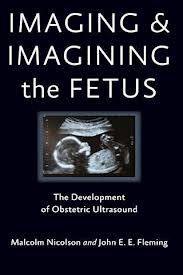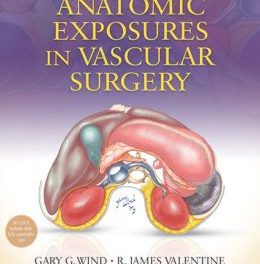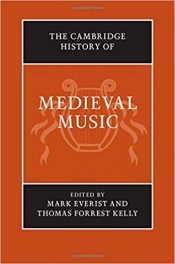 Authors: Malcolm Nicolson and John E.E. Fleming
Authors: Malcolm Nicolson and John E.E. Fleming
Publisher: Johns Hopkins University Press
Book Review by: Nano Khilnani
The ultrasound scanner is now found in hospitals and clinics throughout the developed world, and in much of the developing regions, but it was invented only less than 60 years ago. The authors write that it came into widespread use throughout much of the world by the turn of the century.
It was created with the collaborative effort of Dr. Ian Donald, an obstetrician, and Thomas Brown, an engineer. They developed and tested the technology that forms the basis of imaging in this machine. The device came into being in 1956 in Glasgow, a city of around 600,000 people in Scotland in the United Kingdom (although the current total population of Greater Glasgow and other surrounding areas is about 2.4 million).
Dr. Donald was Regius Professor of Midwifery at the University of Glasgow from 1954 to 1976. He led a team of clinicians and engineers “who established pulse-echo ultrasound as a useful clinical modality within gynecology and obstetrics,” the authors write, and describe him as a ‘pioneer of ultrasonography’ in this book. He was also a vigorous campaigner against the 1967 Abortion Act.
Thomas (Tom) Brown is described as “the project’s principal engineer and the man who designed and built the world’s first contact scanner,” and in the book, the authors “give particular attention” to his “creative input.” While some members of Donald’s team were engineers, it was Brown “who played a key role in the invention of the ultrasound scanner,” the authors point out.
It was a device called the ‘industrial flaw detector’ used in the ship-building and other industries in Glasgow, that Brown and Donald looked at, which helped them in the development of their ultrasound scanner.
The new device developed by Brown in collaboration with Donald initially showed images that were difficult to read, but later, with developmental work, they became sharper. Eventually such pioneering work led to the creation of the first successful ultrasound scanning machine.
It was first used in hospitals affiliated with the University of Glasgow, among them the Glasgow Royal Maternity Hospital, the Queen Mother’s Hospital, and the Western Infirmary; as well as on the premises of Kevin Hughes Ltd., a company involved in the machine’s early development and manufacture. By 1975, the ultrasound scanner was being widely used in British hospitals.
This book’s principal focus is the history of the ultrasound scanner – that ubiquitous piece of equipment that doctors and technicians have come to rely upon so much to check the status and health of unborn babies, of human beings in-the-making: their age, state of development, size, shape, number (twins or more?), their special or unusual features, and imperfections. The scanner also shows us problems that can be taken care of, or not.
Whereas before we could only imagine what a growing or grown baby looked like, now we can actually see it, at least in black and white. Perhaps one day we will be able to see them in living color? Maybe someone is working on that type of machine?
While to most healthcare professionals, the ultrasound scanner is a safe and reliable aid in the diagnostic process, the authors of this book point out that its critics contend that its development and widespread use was driven “not by concern to improve the care of women” but by the ‘technological enthusiasms’ of doctors and engineers and the ‘commercial interests’ of manufacturers.
Besides ultrasound scanning, several other means of imaging in the healthcare field were developed after the 1950s, most well known of which is computerized tomography (CT) and magnetic resonance imaging (MRI). Today, CT scanners and MRI machines, like ultrasound scanners, can be found in most hospitals and clinics in the developed world.
Malcolm Nicolson is the director of the Center for the History of Medicine at the University of Glasgow.
John E.E. Fleming worked as an engineer with Tom Brown to develop the first ultrasonic scanner to go into production, then as research technologist in Ian Donald’s Department of Midwifery.
This book, like the work that led to the development of the world’s first successful ultrasound scanning technology, is a pioneering effort. We applaud the authors – Malcolm Nicolson and John E.E. Fleming – for their research into, and writing about this fascinating history of the ultrasound scanner.







